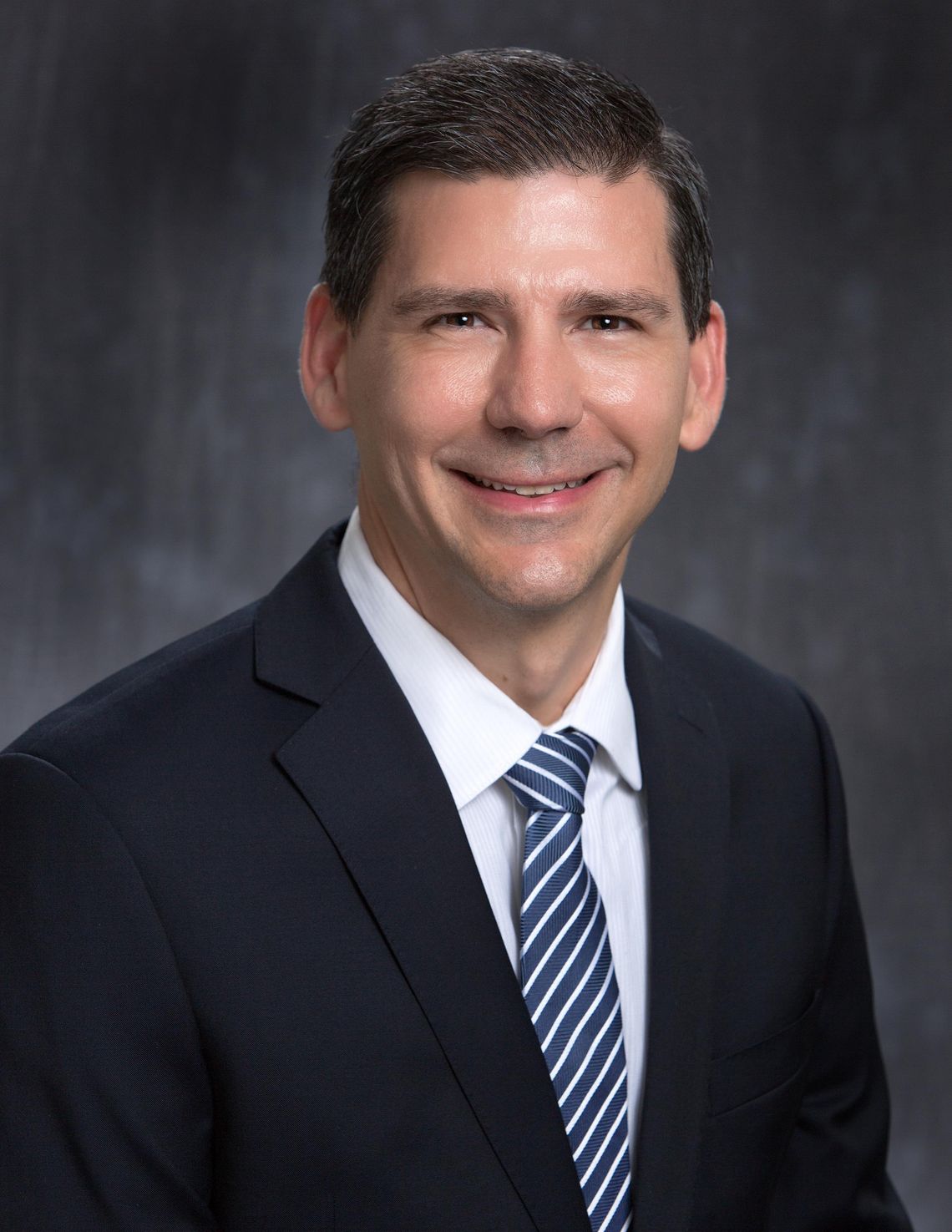Minimally invasive surgery can remove cancerous lung tumors and lead to less pain, shorter hospital stays and quicker recovery — and is now being offered to those living between Austin and San Antonio by Cardiothoracic and Vascular Surgeons (CTVS) at Ascension Seton Hays medical center.
“Performing these life-saving and life-prolonging surgeries brings the best treatment options to our patients in their local community, where support from family and friends is more readily available,” said Dr. Jeffrey McNeil, chief of Cardiovascular Surgical Services at Ascension Seton Hays. “Patients can avoid having to travel to Houston, Austin or San Antonio.
“In addition to minimally invasive surgical treatments, new therapies targeted at molecular mutations may be more successful and less toxic to the patient,” said McNeil. “The complete spectrum of care for lung cancer patients is now available in Hays County.”
In the four counties between and near San Antonio and Austin — Caldwell, Comal, Guadalupe and Hays — about 250 new lung cancer cases are expected to be diagnosed this year, according to the most recent data from the National Cancer Institute and Centers for Disease Control (CDC). As these counties’ populations continue to grow, lung cancer cases are expected to increase, McNeil said.
During a video-assisted thoracostopic surgery (VATS) procedure, a tiny camera called a thoracoscope and surgical instruments are inserted into the chest cavity through the chestwall via one or more small incisions. The thoracoscope transmits high-resolution images to a video monitor to guide the surgeon during the procedure.
“This way, the procedure can be performed without making a traditional larger incision that allows the surgeon to directly visualize the lung,” McNeil said. “If a VATS approach proves successful, the patient can expect to have less pain, less risk of complications, a shorter hospital stay and quicker recovery to full activity.”
Lung cancer is the second most common cancer for both men and women and one of the most lethal. While lung cancer cases are declining as a result of decreasing tobacco smoking rates, the American Cancer Association expects in 2020 to see 200,000 new cases to be diagnosed and 135,000 deaths due to lung cancer nationwide.
McNeil cautioned that a VATS approach works best for lung cancer discovered early. Lung cancer can range from Stage 1 (small tumors within the lung) to Stage 4 (cancer spreading elsewhere in the body). Surgical treatment for Stages 1 and 2 offers a five-year survival success rate of about 60 percent. For Stage 4, the survival rate is 6 percent.
Lung Cancer Symptoms:
- A cough that does not go away or gets worse
- Coughing up blood or rust-colored sputum
- Chest pain that is often worse with deep breathing, coughing or laughing
- Hoarseness
- Loss of appetite
- Unexplained weight loss
- Shortness of breath
- Feeling tired or weak
- Infections such as bronchitis and pneumonia that don’t go away or keep coming back
- New onset of wheezing
Source: American Cancer Society
“Choosing your surgeon is more important than focusing on the procedure being performed,” he said. “It is important to remember that there are many variables that can be encountered. If you suspect you may have cancer or are recognized to have risk factors, don’t wait to consult a physician. Early detection is key to improved survival.”
Cardiothoracic and Vascular Surgeons (CTVS) is comprised of 27 surgeons who specialize in the heart, lungs, chest, esophagus and major blood vessels of the body. For more than 60 years, CTVS has proudly provided Central Texas the most specialized and innovative cardiothoracic and vascular surgical care available.
Individually and collectively, CTVS surgeons have performed Central Texas’ first open heart surgery in 1961; first coronary artery bypass graft surgery in 1968; first kidney transplant in 1972; first insertion of an intra-aortic balloon pump in 1976; first heart transplant in 1986; first Ross Procedure (heart valve replacement) in 1989; first video-assisted thoracic surgery (VATS) in 1991; first off-pump coronary artery bypass surgery in 2000; first adnominal aortic aneurysm (AAA) repair using an endoluminal aortic stent graft; and the first transcatheter aortic valve replacement (TAVR) procedure in 2012. For more information, visit the CTVS website.








